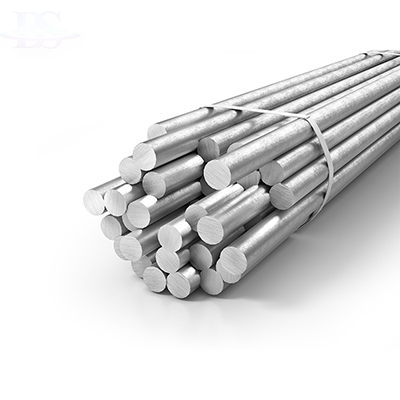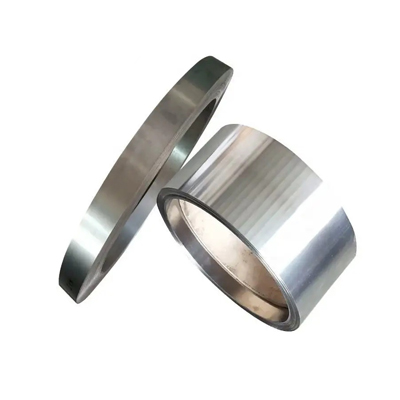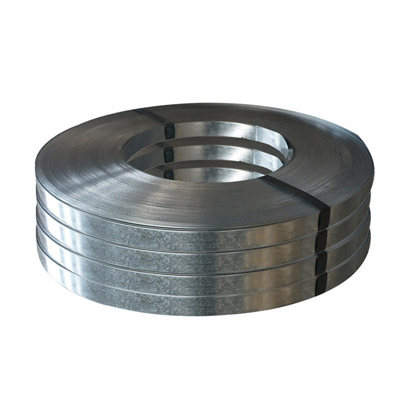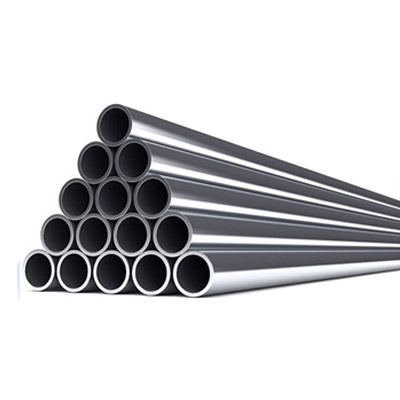Monel K-500 UNS N05500/W.Nr.2.4375 ASTM B865 bar sheet ring
Overview
MONEL alloy K-500 (UNS N05500/ W.Nr. 2.4375) is a nickel-copper alloy which combines the excellent corrosion resistance of MONEL alloy 400 with the added advantages of greater strength and hardness. The increased properties are obtained by adding aluminum and titanium to the nickel-copper base, and by heating under controlled conditions so that submicroscopic particles of Ni3 (Ti, Al) are precipitated throughout the matrix. The thermal processing used to effect precipitation is commonly called age hardening or aging.
Typical applications for MONEL alloy K-500 products are chains and cables, fasteners and springs for marine service; pump and valve components for chemical processing; doctor blades and scrapers for pulp processing in paper production; oil well drill collars and instruments, pump shafts and impellers, non-magnetic housings, safety lifts and valves for oil and gas production; and sensors and other electronic components.
A useful characteristic of the alloy is that it is virtually nonmagnetic, even at quite low temperatures . It is possible, however, to develop a magnetic layer on the surface of the material during processing. Aluminum and copper may be selectively oxidized during heating, leaving a magnetic nickel-rich film on the outside of the piece. The effect is particularly noticeable on thin wire or strip where there is a high ratio of surface to weight. The magnetic film can be removed by pickling or bright dipping in acid, and the nonmagnetic properties of the material will be restored.
The combination of low magnetic permeability, high strength and good corrosion resistance has been used to advantage in a number of applications, notably oil-well surveying equipment and electronic components.
MONEL alloy K-500 has been found to have exceptionally good dimensional stability, both in long-time exposure tests and in cyclic tests. Results are shown in Table 5. This property of the alloy has led to its use in high-precision devices, such as gyros.
Age hardening causes an initial volume contraction. An annealed rod contracted 2.5 x 10-4 in. per in. during aging
Limiting Chemical Composition, %
Nickel (plus Cobalt).................................................................................................................................................................................................63.00 min.
Carbon.......................................................................................................................................................................................................................0.25 max.
Manganese...............................................................................................................................................................................................................1.50 max.
Iron............................................................................................................................................................................................................................2.00 max.
Sulfur.........................................................................................................................................................................................................................0.01 max.
Silicon.......................................................................................................................................................................................................................0.50 max.
Copper...................................................................................................................................................................................................................27.00-33.00
Aluminum..................................................................................................................................................................................................................2.30-3.15 Titanium....................................................................................................................................................................................................................0.35-0.85
Physical Constants
Density |
lb/in^3............................................................................................................0.305 |
g/cm^3.............................................................................................................8.44 | |
Melting Range |
°F............................................................................................................2400-2460 |
°C...........................................................................................................1315-1350 | |
Modulus of Elasticity, 10^3 ksi |
Tension............................................................................................................26.0 |
Torsion...............................................................................................................9.5 | |
Poisson’s Ratio (aged material at room temperature)..................................0.32 |
Mechanical properties
The low-temperature properties of MONEL alloy K-500 are outstanding. Tensile and yield strengths increase with decrease in temperature while ductility and toughness are virtually unimpaired. No ductile-to-brittle transformation occurs even at temperatures as low as that of liquid hydrogen. Thus the alloy is suitable for many cryogenic applications.
Welds can be produced with the strength of agehardened base metal with no serious loss in ductility if aging treatments are performed after welding annealed material. Welding of age-hardened material should be avoided because of greatly reduced ductility.
Tensile Properties
Nominal Mechanical Property Ranges of MONEL Alloy K-500 | |||||||
|
Form and Condition |
Tenslle Strength |
Yleld Strength (0.2%Offset |
Elongation % |
Hardness |
|||
|
Brinel 3000-kg |
Rockwel |
||||||
ksl |
MPa |
ksl |
MPa |
||||
Rod and Bar |
|||||||
|
Hot-Finished Hot-Finished,Aged Hot-Finished,Annealed Hot-Finished,Annealed and Aged Cold-Drawn,As-Drawn Cold-Drawn,Aged Cold-Drawn,Annealed Cold-Drawn,Annealed and Aged |
90-155 140-190 90-110 130-165 100-140 135-185 90-110 130-190 |
621-1069 965-1310 621-758 896-1138 690-965 931-1276 621-758 896-1310 |
40-110 100-150 40-60 85-120 70-125 95-160 40-60 85-120 |
276-758 690-1034 276-414 586-827 483-862 655-1103 276-414 586-827 |
45-20 30-20 45-25 35-20 35-13 30-15 50-25 30-20 |
140-315 265-346 140-185 250-315 175-260 255-370 140-185 250-315 |
75B-35C 27-38C 75-90B 24-35C 88B-26C 25-41C 75-90B 24-35C |
Sheet,Cold-Rolled,Annealed |
90-105 |
621-724 |
40-65 |
276-448 |
45-25 |
85B max |
|
Strip,Cold-Rolled |
|||||||
|
Annealed Annealed and Aged Spring Tempe Spring Temper,Aged |
90-105 130-170 145-165 170-220 |
621-724 896-1172 1000-1138 1172-1517 |
40-65 90-120 130-160 130-195 |
276-448 621-827 896-1103 896-1345 |
45-25 25-15 8-3 10-5 |
85B max. 24C min. 25C min. 34C min. |
|
Tube and Pipe,Seamless | |||||||
|
Cold-Drawn,Annealed Cold-Drawn,Annealed and Aged Cold-Drawn,As-Drawn Cold-Drawn,As-Drawn,Aged |
90-110 130-180 110-160 140-220 |
621-758 896-1241 758-1103 965-1517 |
40-65 85-120 85-140 100-200 |
276-448 586-827 586-965 690-1379 |
45-25 30-15 15-2 25-3 |
90B max 24-36C 95B-32C 27-40C |
|
Plate |
|||||||
|
Hot-Finished Hot-Finished,Aged- |
90-135 140-180 |
621-931 965-1241 |
40-110 100-135 |
276-758 690-981 |
45-20 30-20 |
140-260 265-337 |
75B-26C 27-37C |
Wire,Cold Drawn' |
|||||||
|
Annealed Annealed and Aged Spring Temper Spring Temper,Aged |
80-110 120-150 145-190 160-200 |
552-758 827-1034 1000-1310 1103-1379 |
35-65 90-110 130-180 140-190 |
241-448 621-758 896-1241 965-1310 |
40-20 30-15 5-2 8-3 |
||
Corrosion Resistance
The corrosion resistance of MONEL alloy K-500 is substantially equivalent to that of alloy 400 except that, when in the age-hardened condition, alloy K-500 has a greater tendency toward stress-corrosion cracking in some environments.
MONEL alloy K-500 has been found to be resistant to a sour-gas environment. After 6 days of continuous immersion in saturated (3500 ppm) hydrogen sulfide solutions at acidic and basic pHs (ranging from 1.0 to 11.0), U-bend specimens of age-hardened sheet showed no cracking. Hardness of the specimens ranged from 28 to 40 Rc.
The combination of very low corrosion rates in highvelocity sea water and high strength make alloy K-500 particularly suitable for shafts of centrifugal pumps in marine service. In stagnant or slow-moving sea water, fouling may occur followed by pitting, but this pitting slows down after a fairly rapid initial attack.
Thermal Treatments
Two types of annealing procedures are performed on MONEL alloy K-500: solution annealing and process annealing. The treatments are different in both their purpose and procedure.
Solution Annealing - MONEL alloy K-500 is hardened by the formation of submicroscopic particles of a secondary phase, Ni3(Ti,Al). Formation of the particles takes place as a solid state reaction during an age-hardening (or precipitation-hardening) heat treatment. Prior to the aging treatment, the alloy component should be solution-annealed to dissolve any phases that may have formed in the alloy during previous processing. Solution annealing is normally performed by heating hot-finished products to 1800°F and cold-worked products to 1900°F. To avoid excessive grain growth, time at temperature should be kept to a minimum (normally, less than 30 minutes). Heating (ramp) and cooling times must be kept to a minimum to avoid precipitation of detrimental phases. Cooling after solution annealing is normally accomplished by quenching in water.
Process Annealing - During mechanical processing in production and subsequent forming of alloy K-500 products, intermediate process annealing may be required to soften the product. Such anneals recrystallize the structure and are typically conducted at temperatures between 1400°-1600 °F.
While higher temperatures will anneal the product, intermediate process annealing temperatures are limited to avoid excessive grain growth. Time at temperature must be limited to avoid the formation of secondary phases which can compromise the hardness of the aged alloy K-500 product.
Holding for one hour after the part has reached the set temperature and equalized is normally sufficient to soften the alloy product during processing. The user is cautioned that exposure at temperature for times greater than 1.5 hours is not recommended. Excessive exposure can result in the formation of titanium carbide (TiC). This compound is stable at the aging temperatures used to harden alloy K-500 such that the titanium cannot participate in the hardening reaction, the formation of Ni3(Ti,Al). Thus, the strength and hardness can be compromised.
Obviously, it is best to avoid the formation of the titanium carbide phase. If, however, the phase is formed as a result of improper processing, solution annealing at 2050°F for 30 minutes is required to dissolve the particles. It should be noted that this heat treatment will result in a large grain size which can somewhat compromise formability. However, the high-temperature solution treatment is necessary if the component is to develop full hardness and strength during the aging treatment.
The Federal Standard for alloy K-500, QQ-N-286, addresses only solution annealing. In-process annealing is left to the discretion of the heat treater. The stated solution annealing temperature range in Revision F is 1600° to 1900°F. Thus, if an alloy K-500 component must be solution annealed at 2050°F because of the presence of titanium carbide, it must subsequently be reduced in section thickness before final heat treatment (solution annealing + age hardening) to comply with the requirements of the specification. Revision G has amended the solution annealing requirement to a minimum annealing temperature of 1600°F. Thus, material solution-annealed at 2050°F can be aged without further reduction in section thickness and is acceptable if it meets the other requirements of the specification (mechanical properties, etc.)
Available Forms
We provide you with a variety of product forms, including but not limited to
● Bar & Rod
● Pipe & Tube
● Coil & Strip
● Plate & Sheet & Circle
● Wire & Welding
● Fitting (Flange, Elbow, Tee...)
● Customize
description2



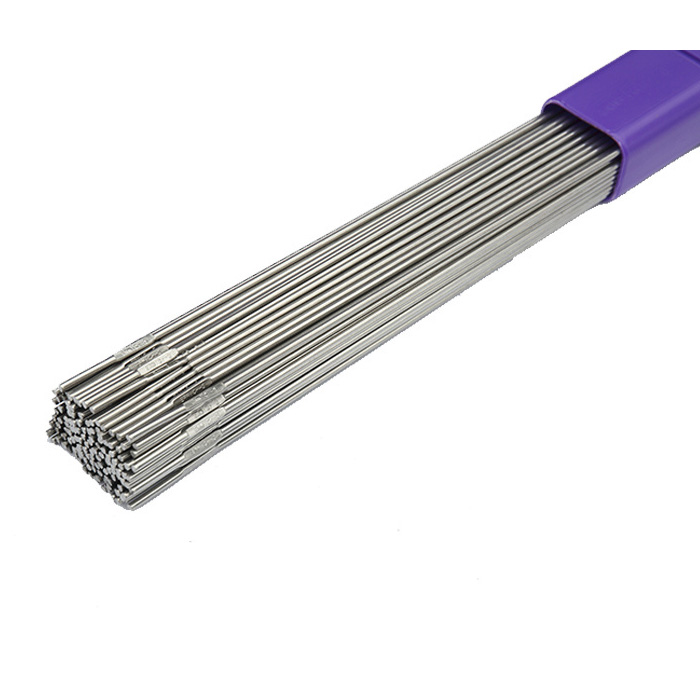 Inconel 625
Inconel 625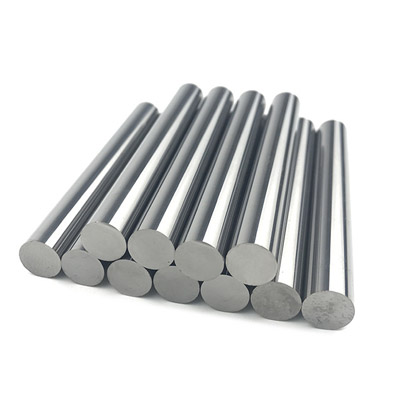 Inconel 718
Inconel 718 Inconel 725
Inconel 725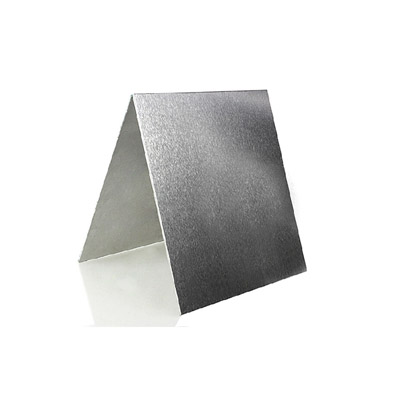 Inconel X-750
Inconel X-750 Inconel 690
Inconel 690 Inconel 617
Inconel 617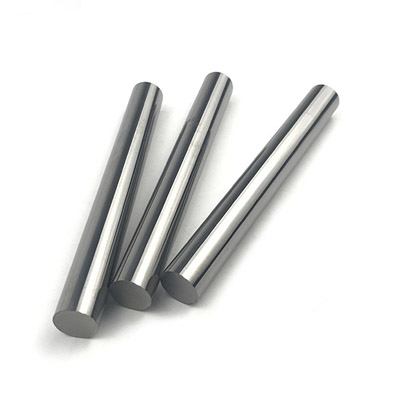 Inconel 601
Inconel 601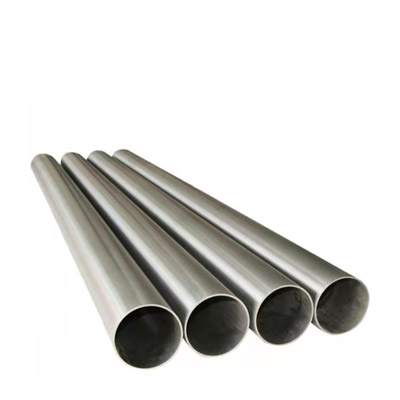 Inconel 600
Inconel 600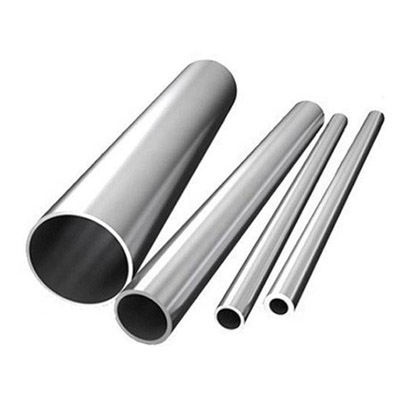 Inconel 686
Inconel 686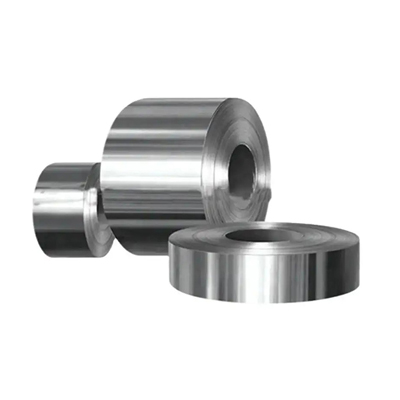 Inconel 602CA
Inconel 602CA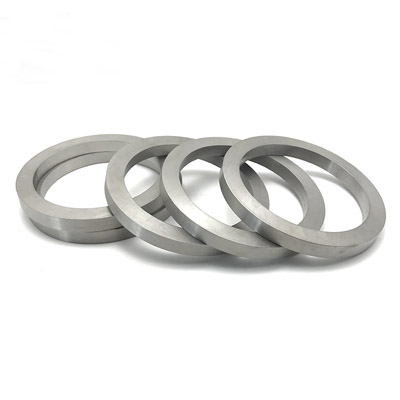 Incoloy A-286
Incoloy A-286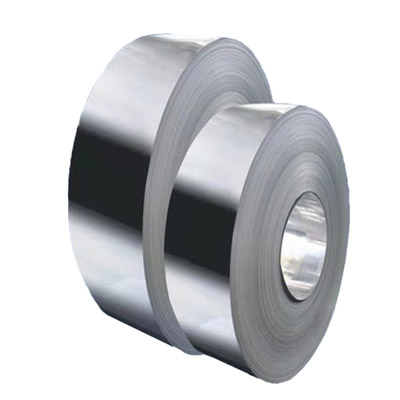 Incoloy 825
Incoloy 825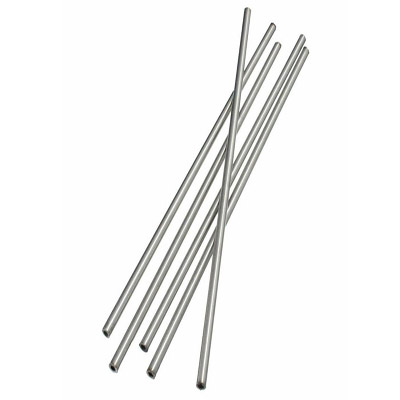 Incoloy 925
Incoloy 925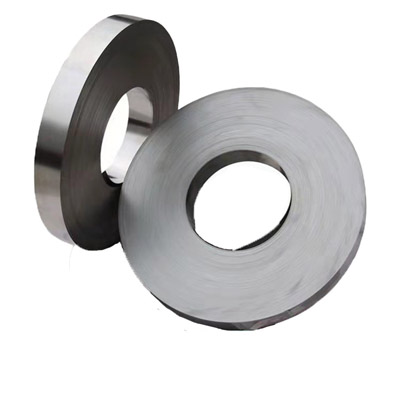 Incoloy 926
Incoloy 926 Incoloy 800
Incoloy 800 Incoloy 800H
Incoloy 800H Incoloy 800HT
Incoloy 800HT Incoloy 909
Incoloy 909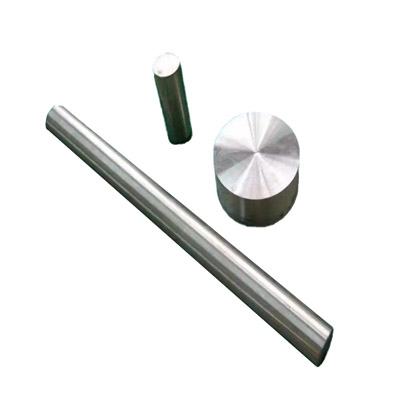 Incoloy 31
Incoloy 31 Incoloy 901
Incoloy 901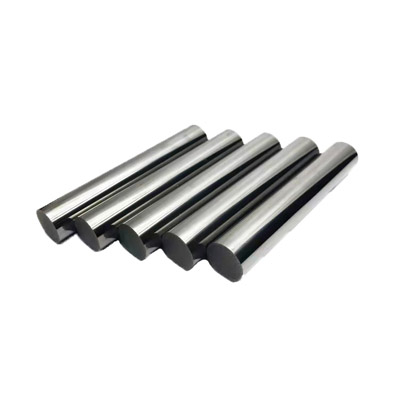 Monel K-500
Monel K-500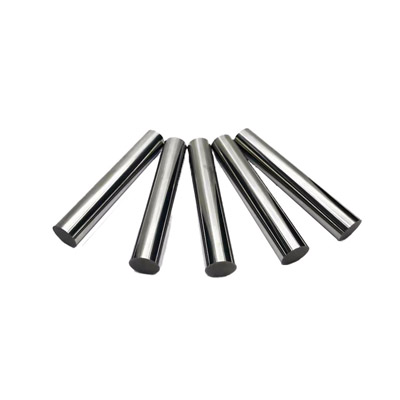 Monel 400
Monel 400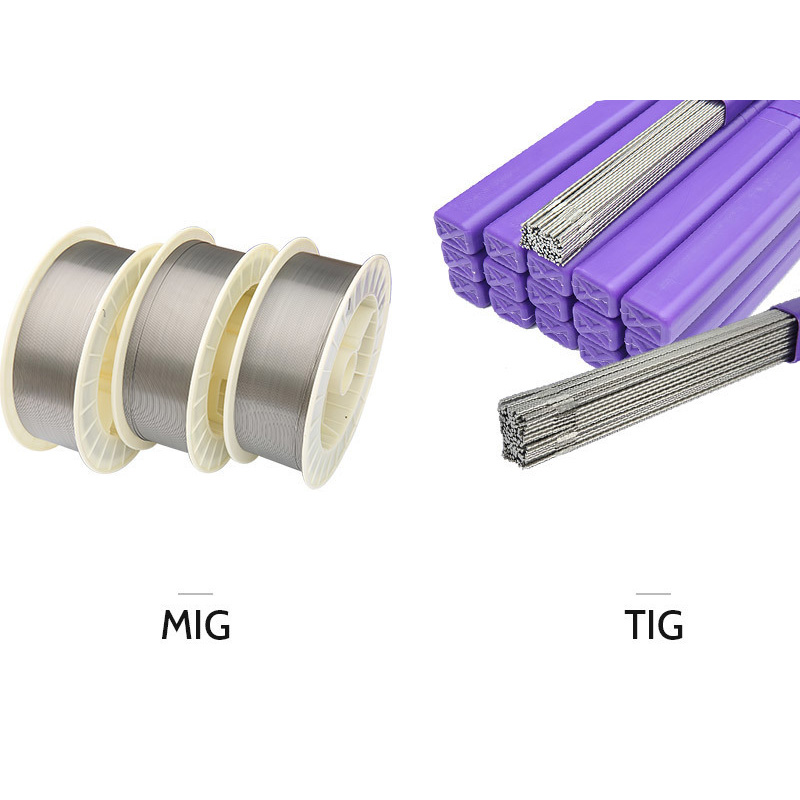 Nimonic 263
Nimonic 263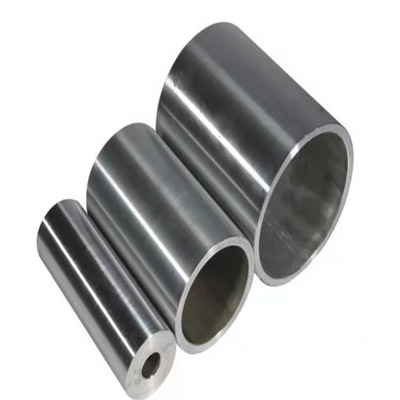 Nimonic 75
Nimonic 75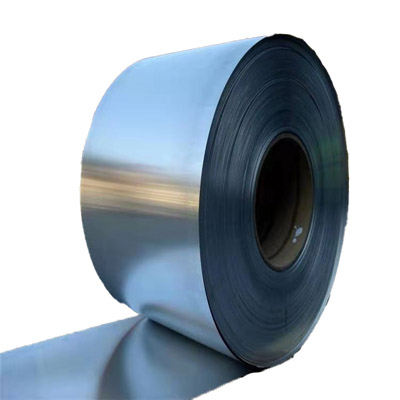 Nimonic 80A
Nimonic 80A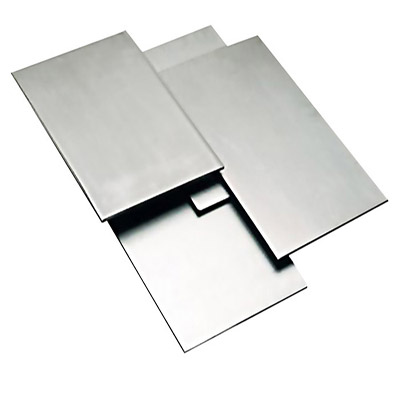 Nimonic 90
Nimonic 90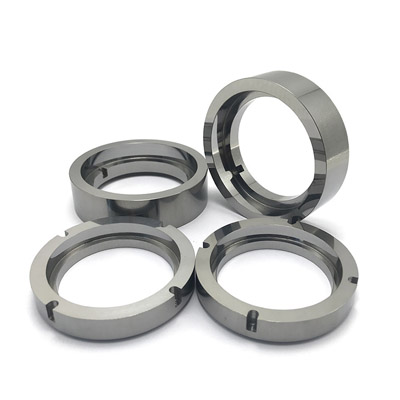 Nimonic PE11
Nimonic PE11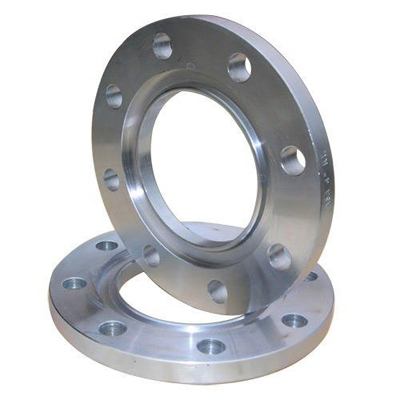 Nimonic PE16
Nimonic PE16 Nimonic PK33
Nimonic PK33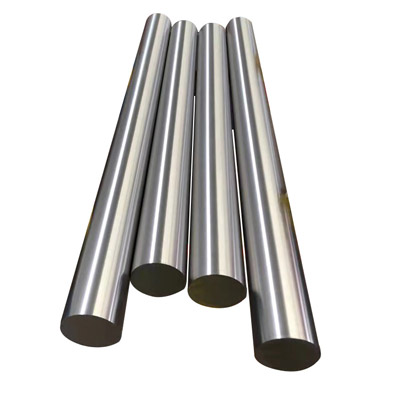 Nimonic 901
Nimonic 901 Nimonic 81
Nimonic 81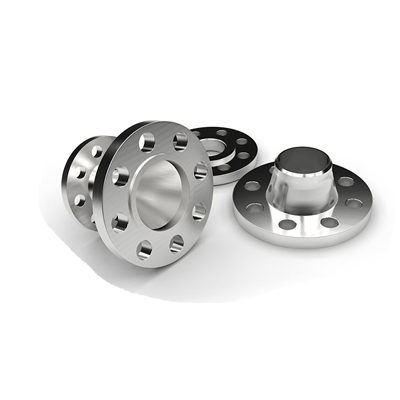 Nimonic 86
Nimonic 86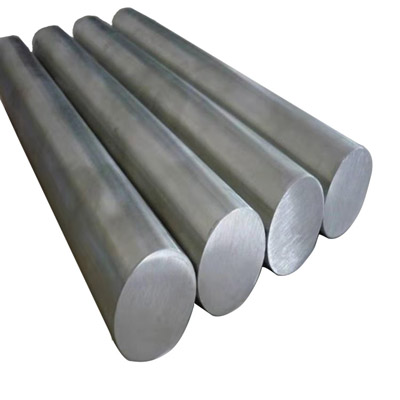 Nimonic 105
Nimonic 105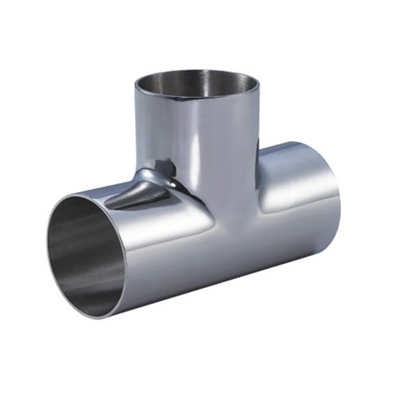 Nimonic 115
Nimonic 115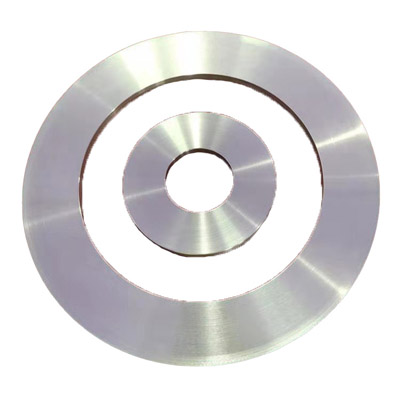 Hastelloy C-276
Hastelloy C-276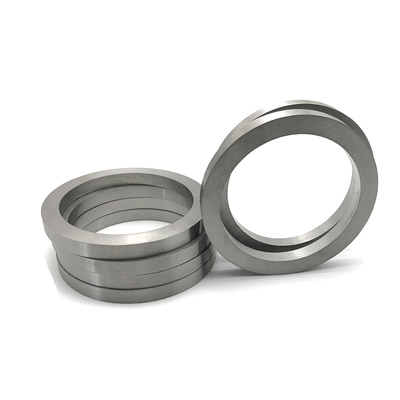 Hastelloy C
Hastelloy C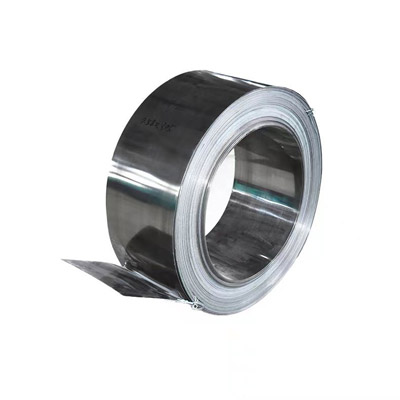 Hastelloy C4
Hastelloy C4 Hastelloy C-22
Hastelloy C-22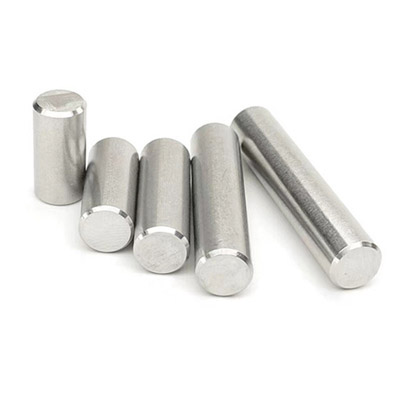 Hastelloy C-2000
Hastelloy C-2000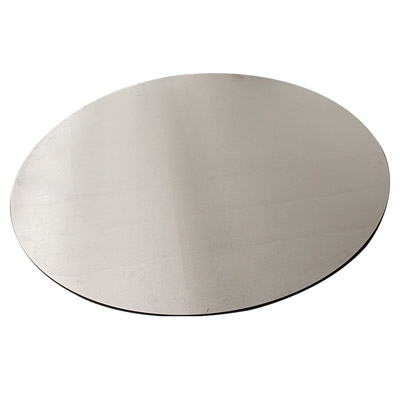 Hastelloy B-2
Hastelloy B-2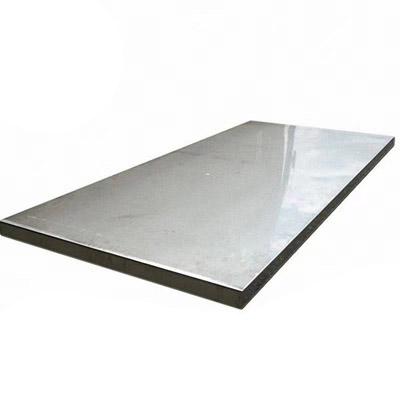 Hastelloy B-3
Hastelloy B-3 Hastelloy G30
Hastelloy G30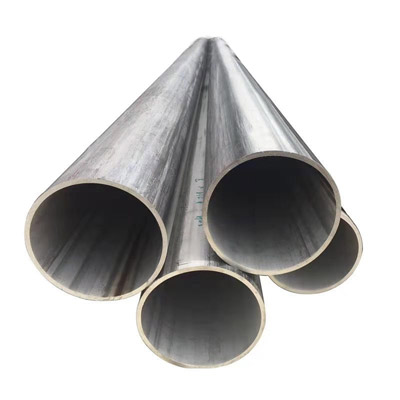 Hastelloy X
Hastelloy X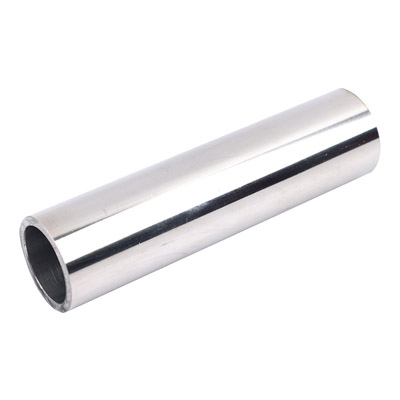 Super Invar 32-5(4J32)
Super Invar 32-5(4J32)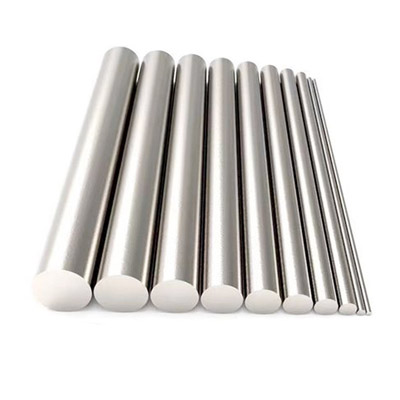 Alloy 36(4J36)
Alloy 36(4J36)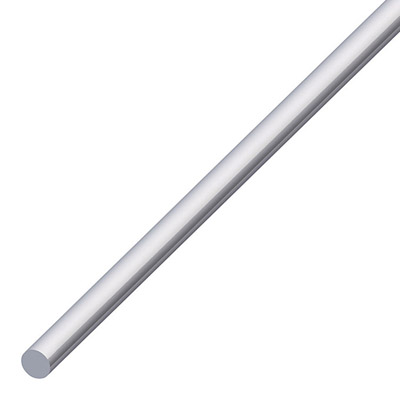 Alloy 42(4J42)
Alloy 42(4J42) Alloy 50(1J50)
Alloy 50(1J50) Hiperco 50(1J22)
Hiperco 50(1J22)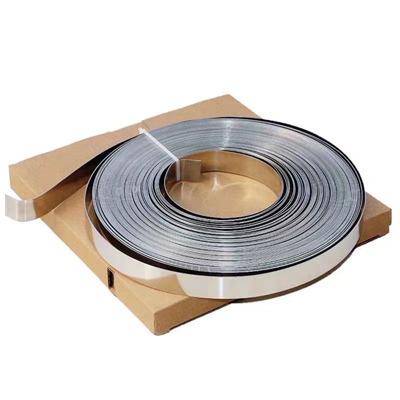 Alloy 46
Alloy 46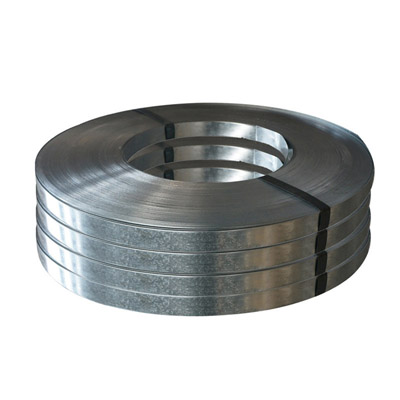 Permalloy (1J79)
Permalloy (1J79) Supermalloy(1J85)
Supermalloy(1J85)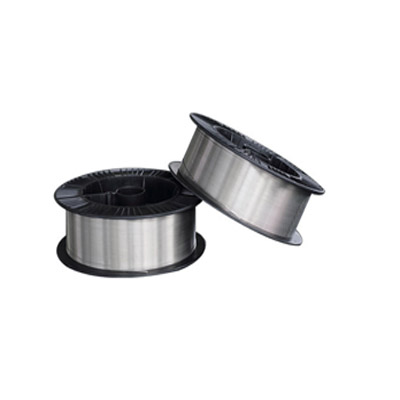 ERNiCrMo-2
ERNiCrMo-2 ERNiCrMo-3
ERNiCrMo-3 ERNiCrMo-4
ERNiCrMo-4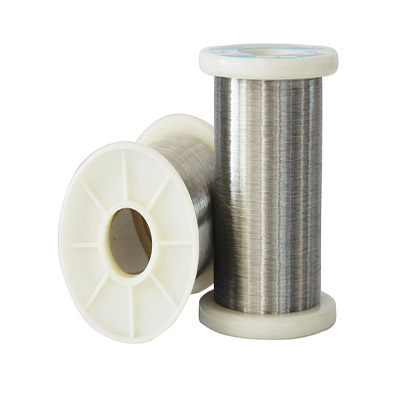 ERNiCrFe-7
ERNiCrFe-7 ERNiCrFe-7A
ERNiCrFe-7A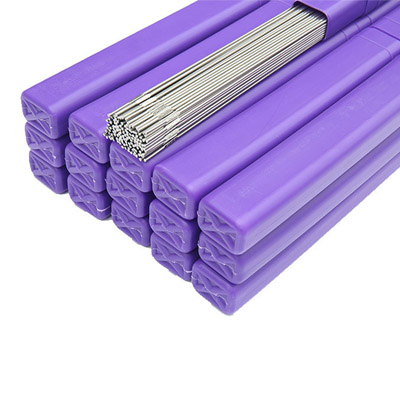 ERNiCrMo-10
ERNiCrMo-10 ERNiCrCoMo-1
ERNiCrCoMo-1 ERNiFeCr-2
ERNiFeCr-2 ERNiFeCr-1
ERNiFeCr-1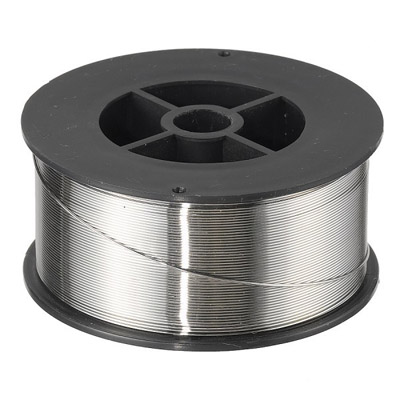 ERNiMo-8
ERNiMo-8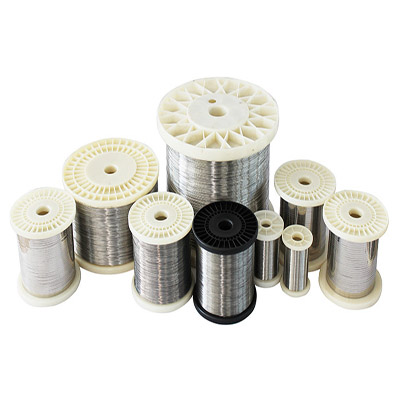 ERNiCrMo-13
ERNiCrMo-13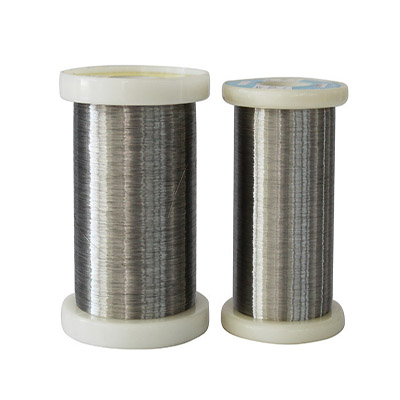 ERNiCr-4
ERNiCr-4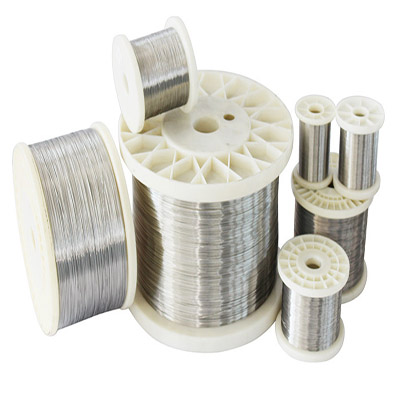 ERNiCr-3
ERNiCr-3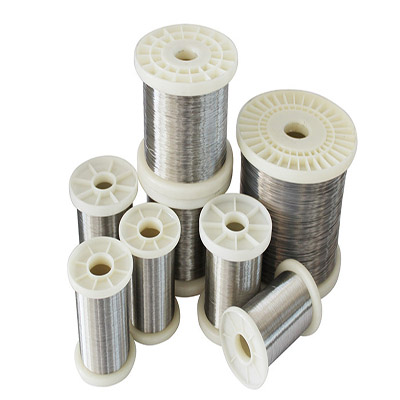 ERNi-1
ERNi-1 Haynes-25
Haynes-25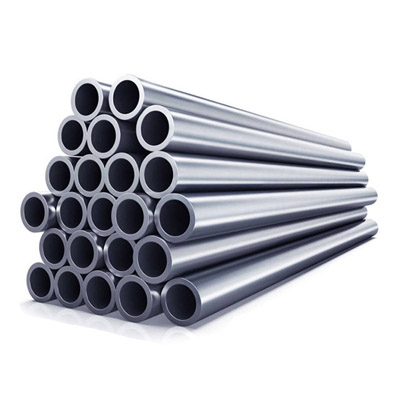 Hayness-188
Hayness-188 MP35N
MP35N Refractory 26
Refractory 26 Waspaloy alloy
Waspaloy alloy 17-4PH
17-4PH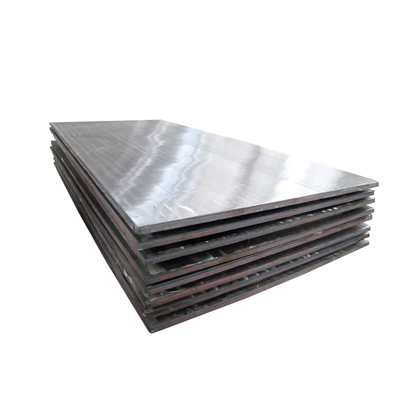 17-7PH
17-7PH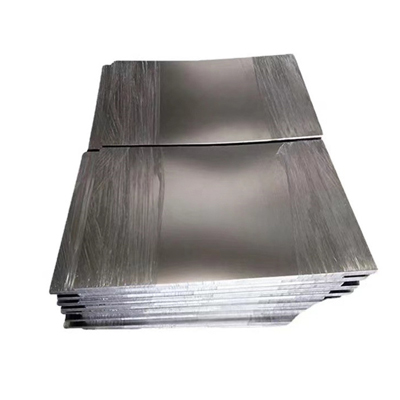 904L
904L Nitronic 50
Nitronic 50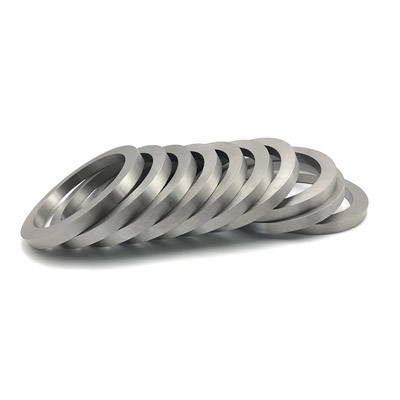 Nitronic 60
Nitronic 60 AL-6XN
AL-6XN F55
F55 PH 13-8
PH 13-8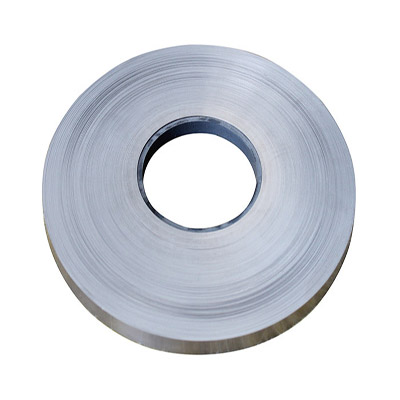 Haynes-230
Haynes-230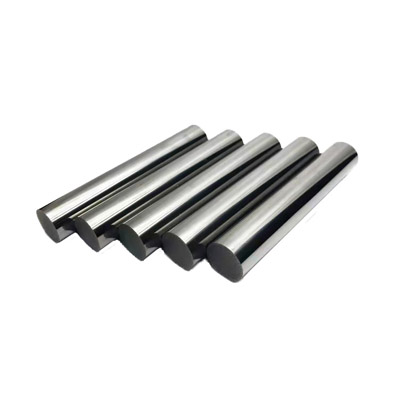 Nickel 200
Nickel 200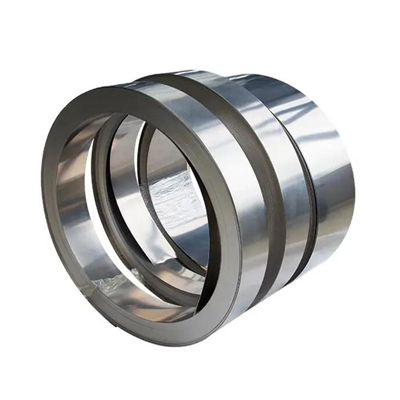 Cr20Ni80
Cr20Ni80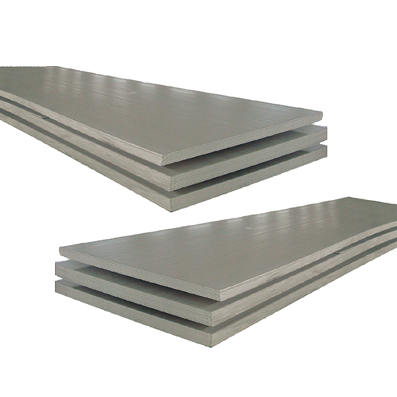 Sheet & Plate
Sheet & Plate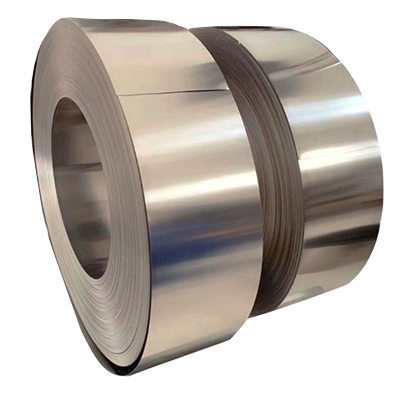 Strip & Foil
Strip & Foil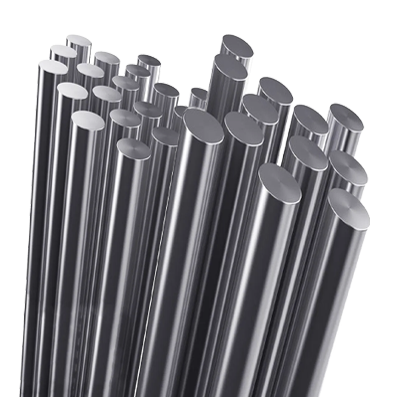 Bar & Rod
Bar & Rod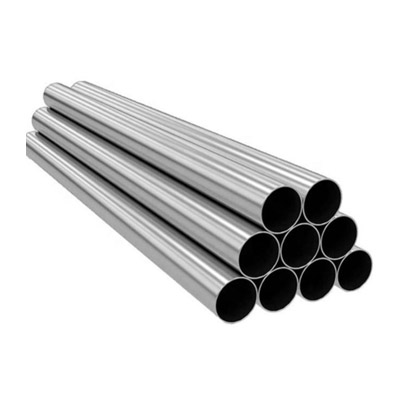 Pipe & Tube
Pipe & Tube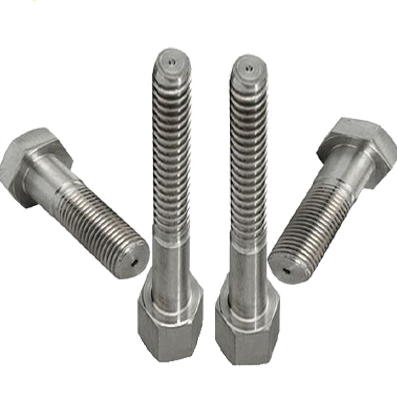 Bolts & Fasteners
Bolts & Fasteners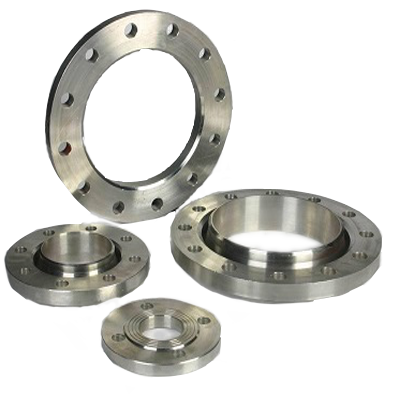 Flange & Ring
Flange & Ring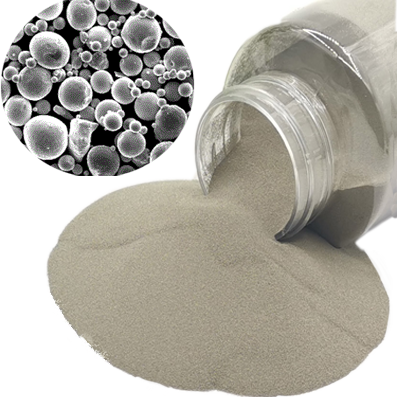 Nickel Alloy Powder
Nickel Alloy Powder

